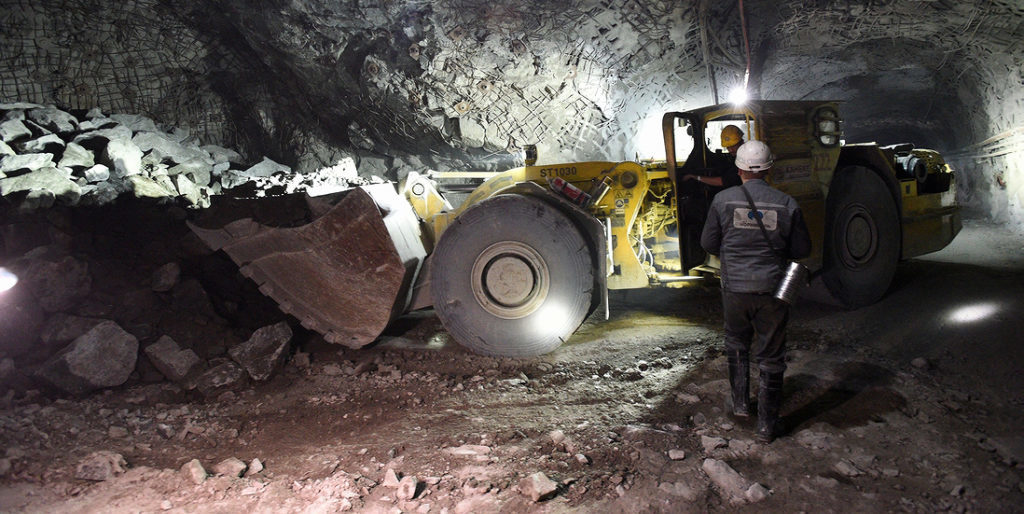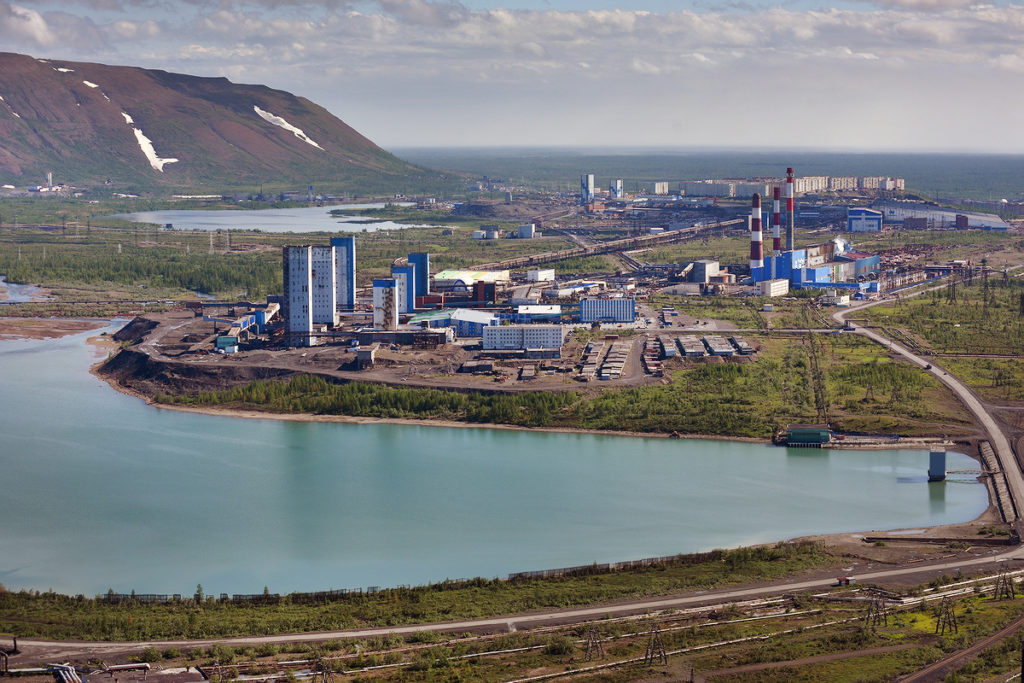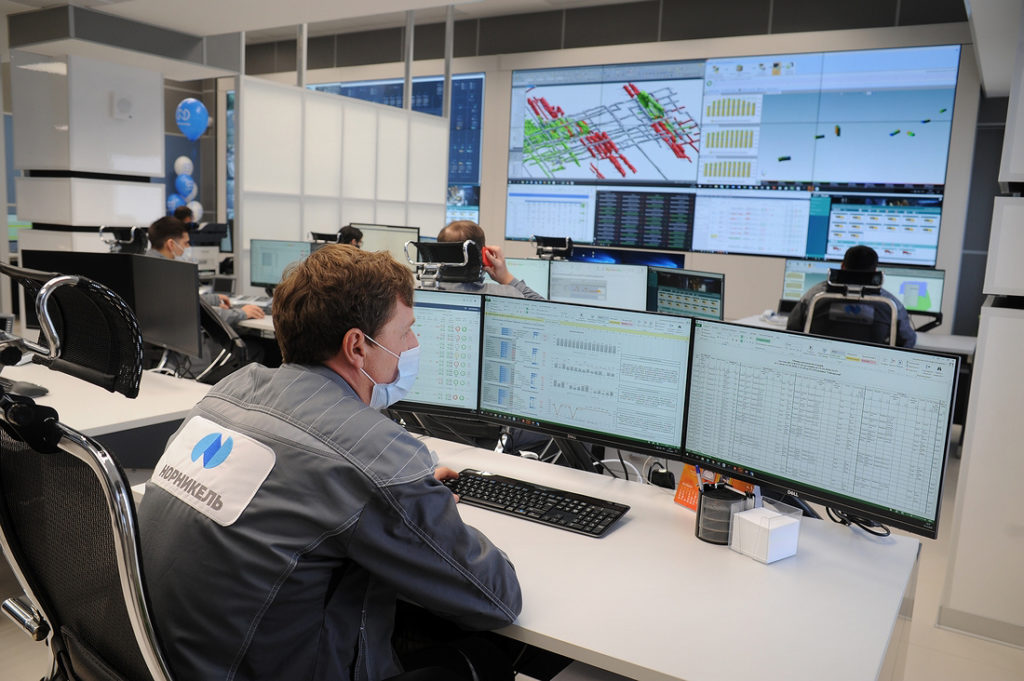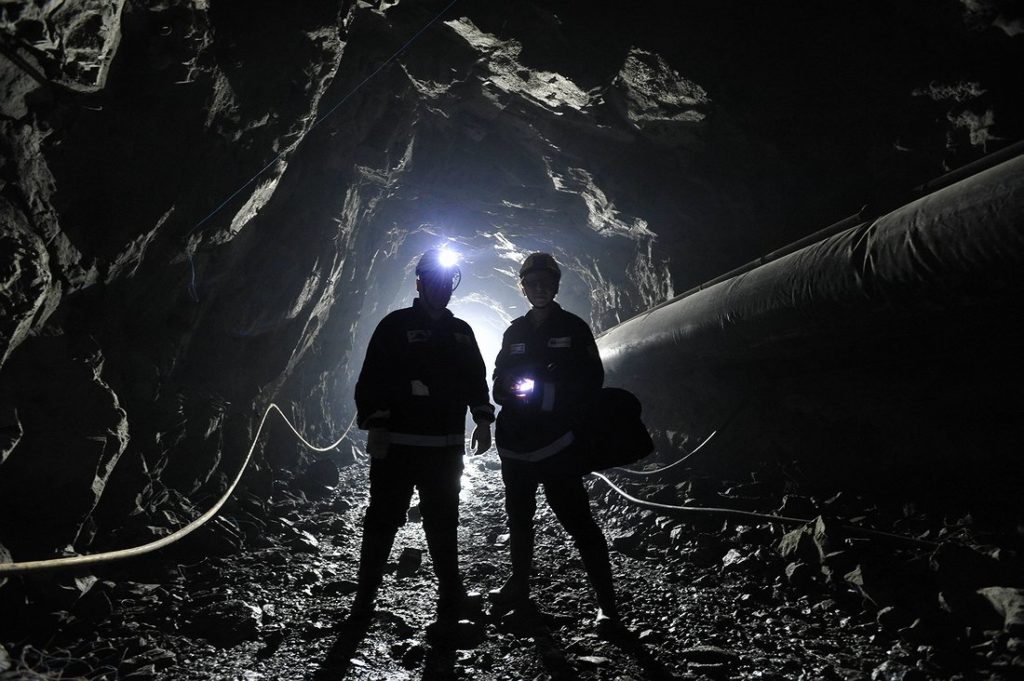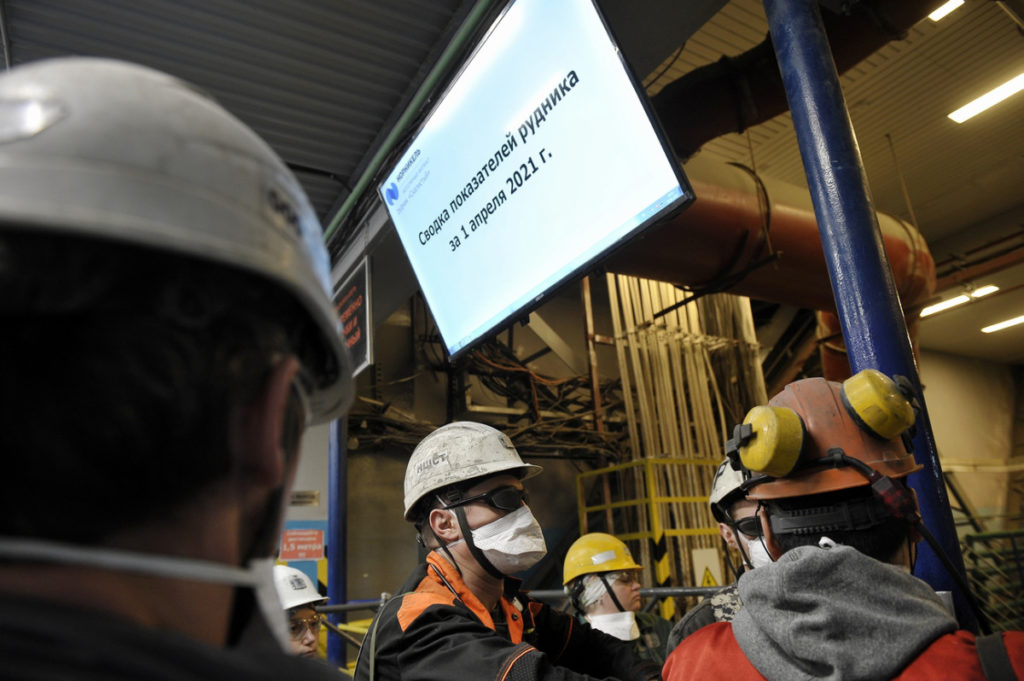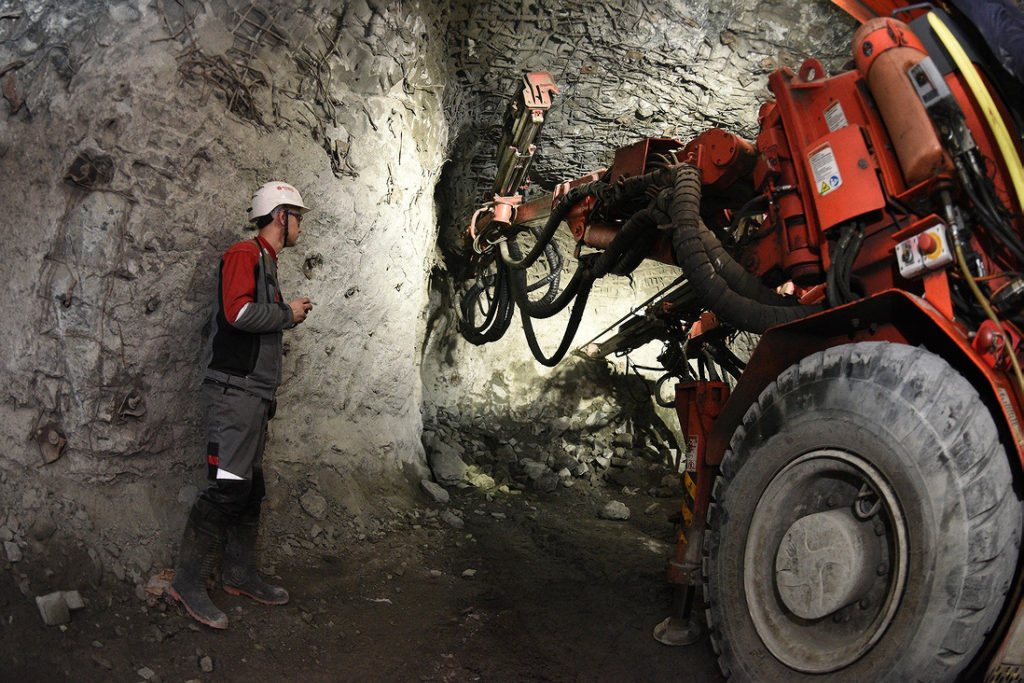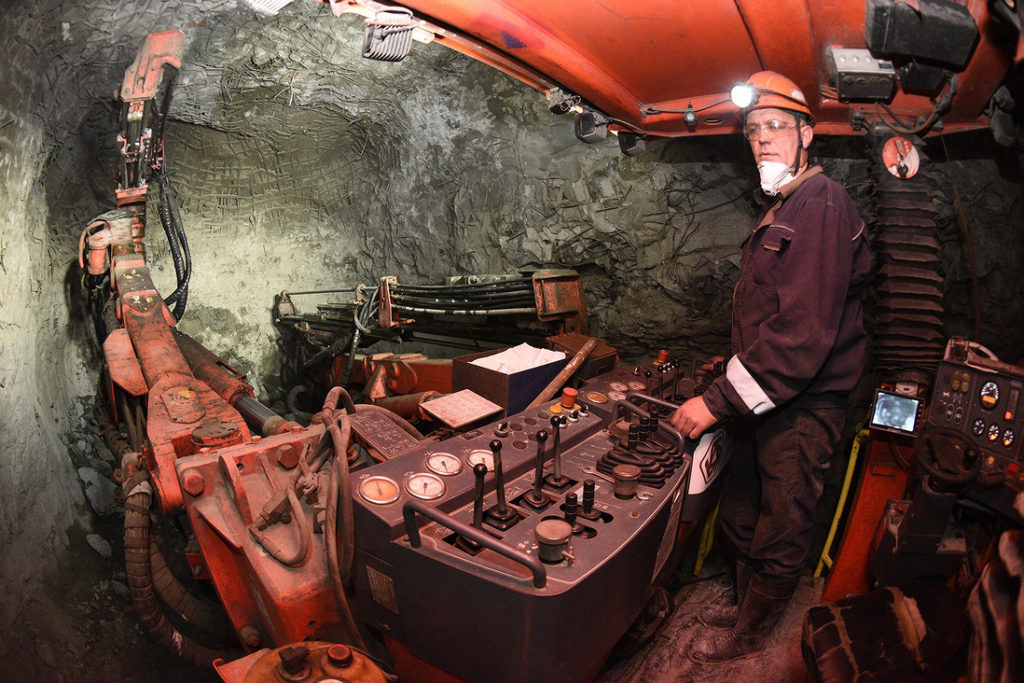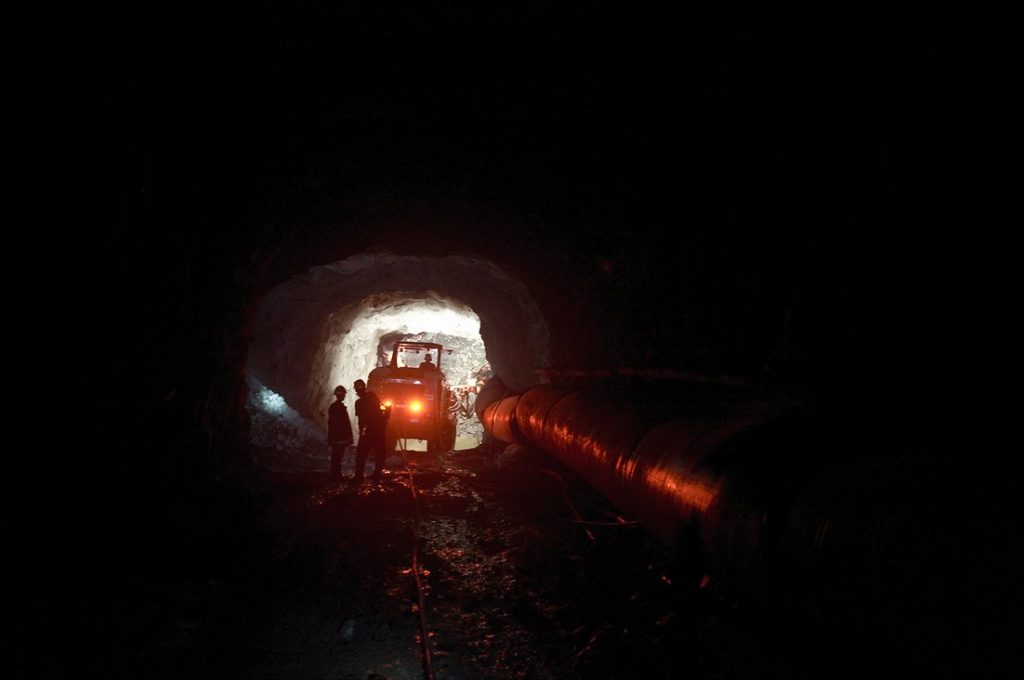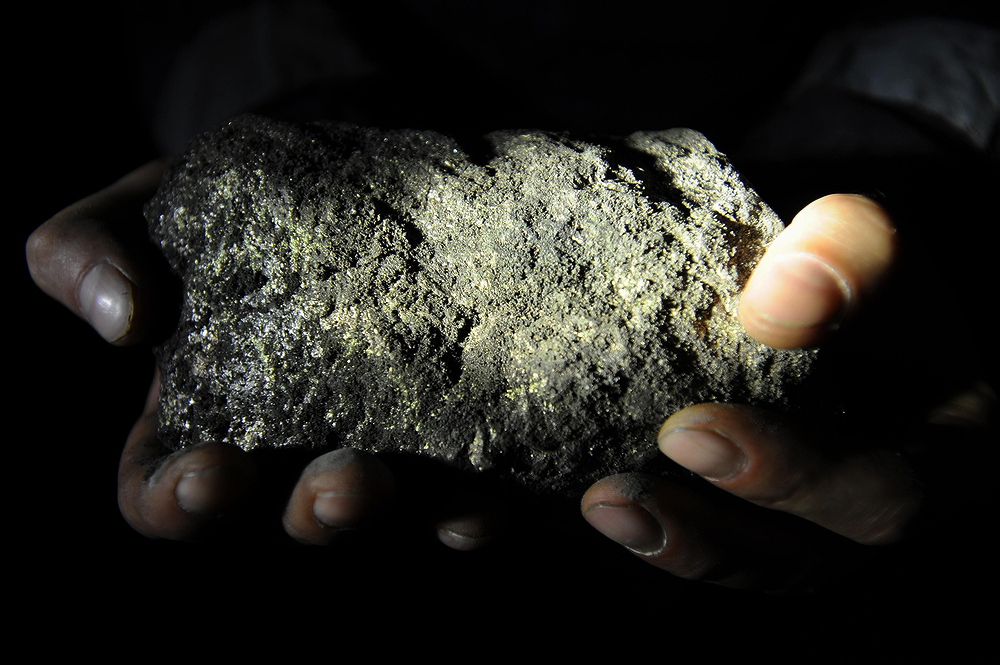#ARCTIC. #SIBERIA. THIS IS TAIMYR. In honor of Miner’s Day, which is annually celebrated on the last Sunday of August, we decided to remind that the basis of Nornickel’s success in the world market of non-ferrous and rare-earth metals is a unique mineral resource base. And the Miner’s Day for Norilsk people is the main professional holiday, along with the Metallurgist’s Day.
The ore mined at the Norilsk mines in their entire history (the first mine started operating in 1966) amounts to 432 million tons. This is 4 million 320 thousand cars. If you line them up, this 60 thousand kilometers long ‘train’ will go around the equator one and a half times.
The distance covered by mine workings can be compared with the distance from Norilsk to Moscow – about 3000 kilometers.
The total depth of the wells built has reached 36 kilometers, which is equal to the average thickness of the earth’s crust, and it is planned to drill 81 kilometers of exploratory wells in 2021.
In terms of the reserves volume and the variety of mineral resources, the mines of the Nornickel Polar Division have no analogues in the world. More than 35 percent of the world’s proven nickel reserves, almost 10 percent of copper reserves, about 15 percent of cobalt and more than 40 percent of platinoids are concentrated in the Norilsk ores.
The ore minerals of copper-nickel ores contain more than 50 elements of the periodic table, 14 of which are of industrial importance. Among them are copper, nickel, cobalt, platinum, palladium, rhodium, osmium, iridium, ruthenium, tellurium, sulfur.
And some more facts.
The provision with reserves of rich and cuprous ores in the Talnah ore cluster, taking into account the level of achieved and planned production, is now over 50 years, with reserves of disseminated ores – over 100 years.
In addition to polymetallic ores, the Norilsk industrial region has large reserves of coal and natural gas, table salt and graphite, iron and mercury (cinnabar), gypsum and marble, limestone and siltstones, anhydrite and quartz sand.
To date, more than 100 technological regulations and technical and economic calculations and justifications for all explored and confirmed reserves have been developed for the mineral resource complex.
For the further exploration of mineral resources and the development of mining production, the Gipronickel Institute carried out comprehensive technical and economic calculations for each mine. They envisage an increase in ore production to 25 million tons by 2030.
About 15 large strategic investment projects aimed at the development of the mineral resource complex are currently underway.
Investment projects involve large-scale reconstruction and modernization of production, opening new deposits within the existing mines and complex mining of all types of ores.
The main supplier of ore in the Polar Division and the largest mine in Russia is Octyabrsky one. It is a record holder and produces more than five million tons of ore per year. Due to the depletion of rich ore reserves, development will occur due to the extraction of cuprous and disseminated ores.
In 2022–2024, the Octyabrsky is planning a large-scale modernization and repairs of the ore delivery ducts. Including the whole range of works on the replacement of the reinforcement of skip shafts, lifting machines and vessels, replacement of automation and electrical equipment.
The largest volume of high-grade ore production is currently (and will continue to be) at the Taimyrsky mine. At Komsomolsky one, they plan to increase the production of all types of ores by 20 percent due to an increase in production capacities for the extraction of disseminated ores.
The Skalisty mine is the youngest in the Polar Division and the deepest in Eurasia. Here, together with the German concern Thyssen, the deepest shaft in Norilsk VS-10 was built and put into operation: its depth is 2.056 kilometers. Construction of the SKS-1 shaft with a depth of 2.052 kilometers is going on.
At the oldest mine, Mayak, options are also being considered to increase production capacity. One of them provides for an increase in production to 1.8 million tons of ore, which requires significant capital investments and time.
Follow us on Telegram, Instagram and Facebook.
Text: Tatiana Ermolaeva
